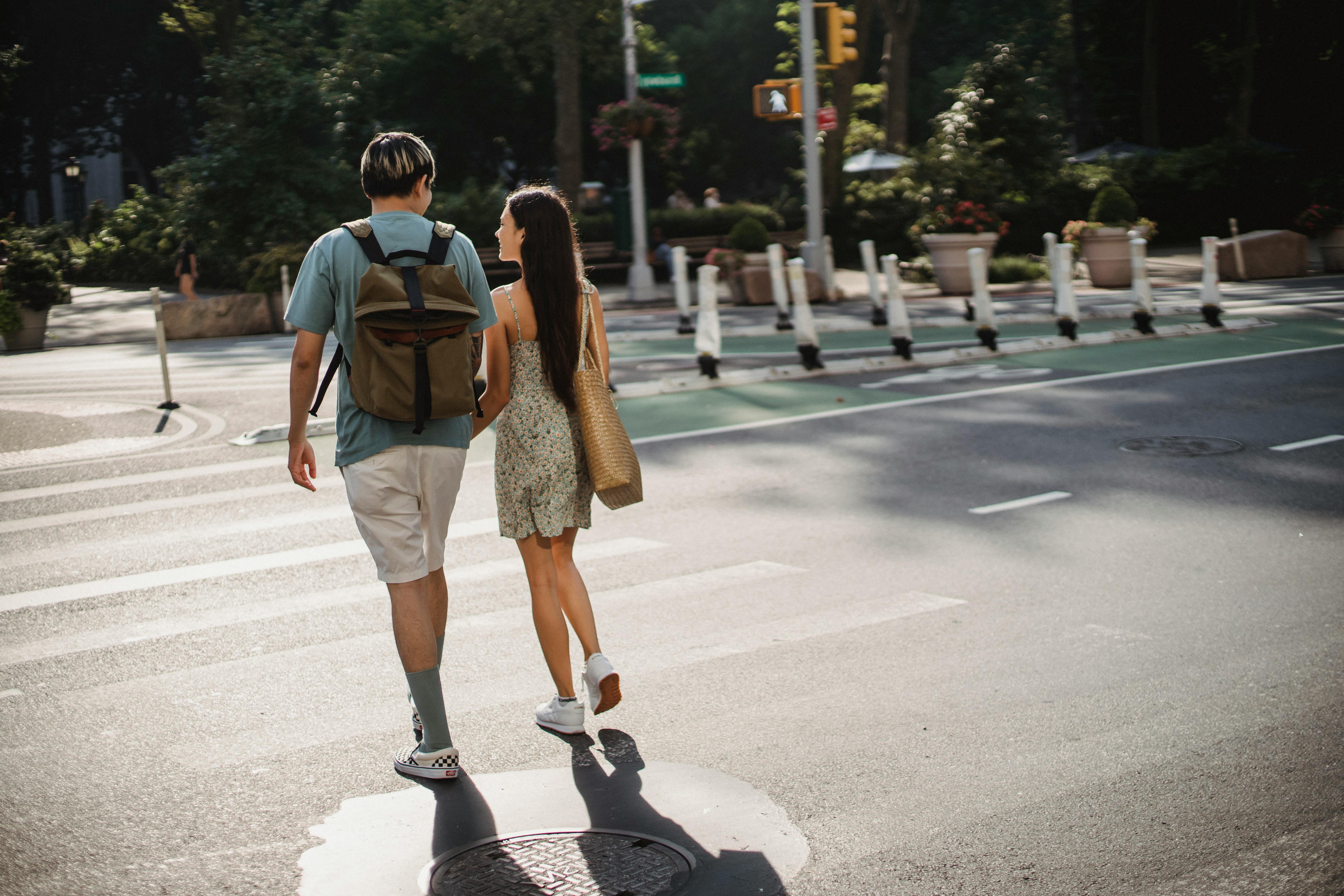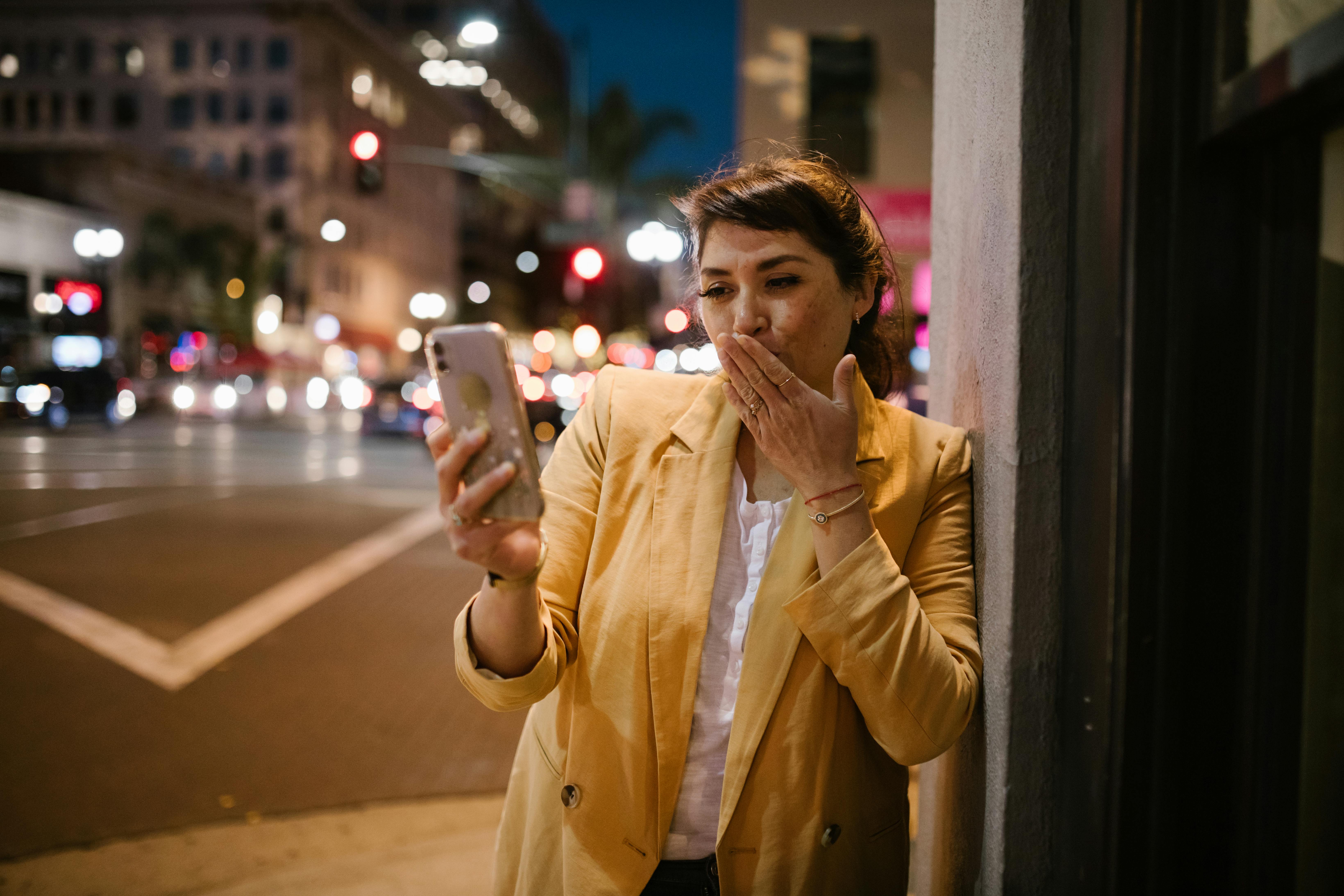Amusement parks and theme parks have continuously entertained visitors for centuries. They take people away from the real world and immerse them in a fantasy environment filled with rides, entertainment attractions, and a host of gastronomic offerings. A lot of walking is required due to the typically large areas in which the attractions are distributed. This can be good or bad, depending on how you feel when you walk. You can reasonably expect to walk three to ten miles during a day in a large park. The biggest complaint most people have is the long lines at attractions and food counters. The good news is that you can dramatically reduce the amount of time you spend waiting in line. All you need is a basic understanding of crowd flow and park layout combined with a little preparation before you leave home. Commit to being early.
The world’s first amusement park reportedly opened in 1583 in a community north of Copenhagen, Denmark. As you can imagine, their offerings were primitive compared to common high-tech attractions in today’s parks. Most of the parks in the United States developed from the Columbia World’s Fair in Chicago in 1893. The country’s first real “theme park” was Disneyland in Anaheim, California. Conceptualized by Walt Disney, it was designed for years by Walt and his “imaginers.” So what is the difference between amusement parks and theme parks? There are commonalities: attractions, entertainment and food. However, theme parks add a dimension by creating a theme-centric setting or a variety of themes, such as space travel, movies, sports, cartoon characters, or music, to name a few. Most theme parks are divided into several individually themed sections. Disneyland originally had five themed areas, each unique and rich in detail.
Successful theme parks draw large crowds every day. Popularity brings long lines, starting at the booth leading to the parking lot. Go early to beat the line of cars lining up to get in. This will also bring you to the front at the point of entry. Avoid waiting in long lines all day inside the park by learning the terrain before leaving home. The easiest way is to simply visit the park’s website and check the map. Some parks are designed in a “loop” shape or a large circular pattern. The guests move around the circuit going from one trip to another. Other parks use a “hub and spoke” configuration, similar to that introduced at Disneyland. The hub and spoke design is used in most Disney parks. Visitors enter and head down a street or path toward an icon in the middle of the park. From there, guests can choose from several “rays”, each of which leads to a separate themed area. There are other designs, but the two mentioned here are the most common. Most parks offer two or three “main attractions” or “main attractions”. These draw large crowds immediately after the park opens. Crowd favorites are usually found on opposite sides of the park or in different areas and are rarely located next to or near each other. Most of the large parks also offer shows, concerts, parades, or fireworks. Know show times and main travel locations in advance so you can prepare your route and schedule on foot.
Maximize your family’s fun with a plan and remember these important points:
- Buying tickets online, by mail or by phone is your first time saver because there will be no waiting in line at the box office on the day of your visit. Have your ticket in hand and step inside!
- Special events like shows and parades draw crowds away from attractions, reducing wait times.
- Be sure to allow plenty of time to park and move to the gate. You must be at the gate at least twenty minutes before the official opening of the park. This will help you jump-start things. Most people will arrive at the park between 10 am and noon. Get there early and avoid the crowds!
- On busy days in the peak season, some parks open earlier than the designated opening time to control crowds. Sometimes they open early during the low season. Always arrive early.
- If your chosen park is arranged in a loop, turn left and move clockwise because most people will do the opposite.
- When opening, move quickly, but do not rush, to the most popular attractions. Take your first trip and quickly move on to the next big one. You may need to cross the park and walk more, but it will save time waiting in line.
- After hitting the most popular attractions, you can relax your pace.
- Most people eat lunch between 11:45 a.m. and 1 p.m., which means you expect more if you join the crowd. Why not plan to eat during your off hours? Less time in line for lunch means more time for rides.
- Usually after 3:00 p.m. M., The number of people leaving the park will exceed the number of people entering by a ratio of 3: 1. If you book an extended stay, you can apply this knowledge for future visits to the same park within your vacation package.
- The crowds are highest during the main festivities and in high season. Avoid these times when possible.
- Find out in advance when the park has specials aimed at “locals.” Avoid those days when possible.
- Many popular parks will stagnate between noon and 3 in the afternoon. Use this block of time to visit less popular attractions, tour displays, interactive exhibits, navigate, and explore.
Do your research and plan before you go! It’s fun to do and will help you save time in line once inside the park.










